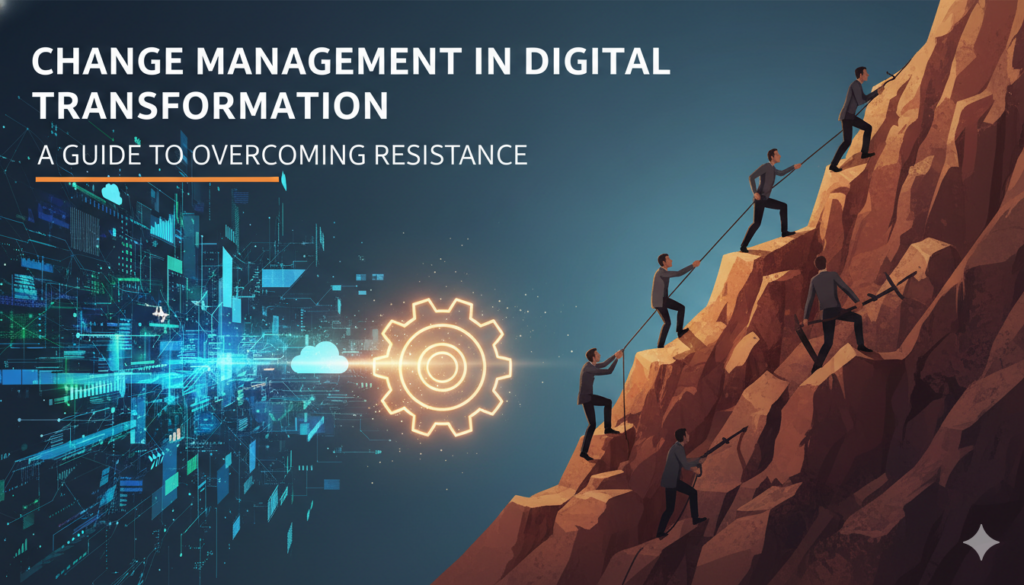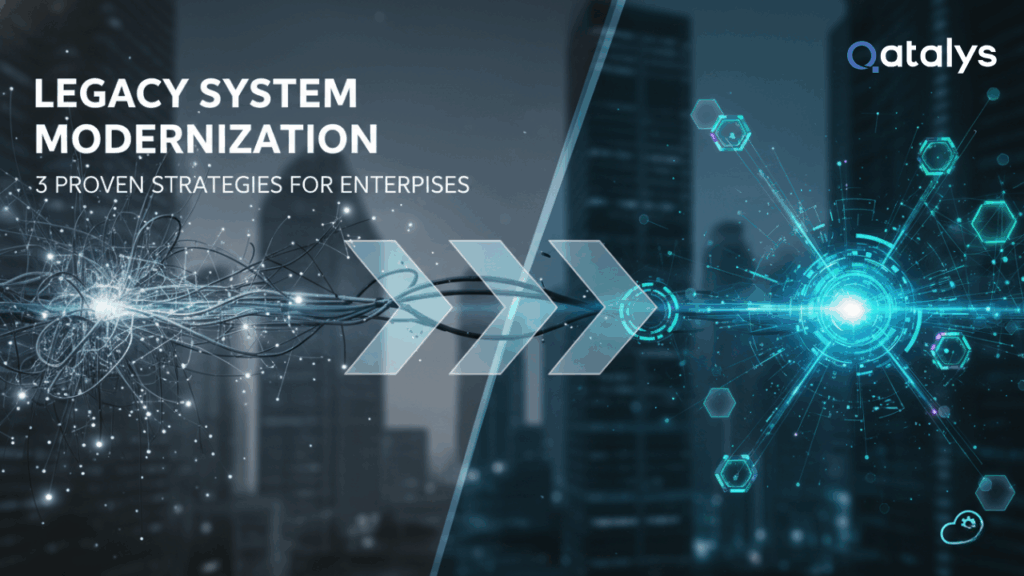As Global Capability Centers (GCCs) mature into strategic business units, their role expands far beyond cost arbitrage and delivery execution. Today, GCCs are innovation hubs, data processors, and business continuity enablers – all of which require strong governance and airtight compliance practices.
Whether you’re setting up your first GCC or scaling to multiple geographies, operational excellence begins with a secure, compliant foundation. This guide outlines key governance principles and compliance strategies to protect data, meet regulatory obligations, and scale confidently.
1. Governance Foundation: Structure, Ownership, and Accountability
The backbone of any compliant GCC is a clearly defined governance framework. Start by establishing a governance charter that outlines:
- Decision-making authority (global vs. local)
- Functional ownership (compliance, IT, finance, HR)
- Escalation protocols and issue resolution workflows
- Reporting cadence to global leadership
Appoint local leaders with operational autonomy but tie them into enterprise-wide risk management programs. Clearly define who owns delivery, who owns compliance, and who signs off on major risks.
2. Regulatory Compliance, Privacy, and Data Protection
Operating across borders means navigating a maze of privacy and compliance laws – from GDPR and CCPA to India’s DPDP Act. GCCs must treat data not only as an asset but as a regulated responsibility.
Best practices include:
- Designating a Data Protection Officer (DPO) or privacy lead in each region
- Implementing data minimization principles and user consent workflows
- Ensuring encryption at rest and in transit, plus audit trails for data access
Embed privacy into architecture from the beginning. Don’t wait for regulators – or customers – to raise flags.
3. Cybersecurity: Building a Secure Operational Core
Security is not an IT issue – it’s a governance mandate. Adopt an enterprise-wide cybersecurity framework like ISO 27001 or NIST, then adapt for local execution.
Key priorities:
- Zero Trust architecture and strict role-based access controls
- Multi-factor authentication (MFA) and password policies
- Regular penetration testing, vulnerability scans, and incident response drills
Security failures in a GCC setup can create global exposure. Treat this as a board-level concern.
4. Financial Controls and Operational Compliance
From procurement to payroll, GCCs must enforce transparent, accountable financial operations. Build this into your governance layer through:
- Segregation of duties in finance and approvals
- Digitized procurement workflows with audit trails
- Monthly financial reconciliations and external audits
Tools like ERPs, expense management platforms, and compliance dashboards offer the visibility and control needed to reduce fraud and maintain fiscal discipline.
5. Vendor & Third-Party Risk Management
Many GCCs rely on external vendors for staffing, IT, security, and operations. Each of these relationships introduces risk.
Mitigation practices:
- Pre-contract vetting for cybersecurity posture, legal safeguards, and financial health
- Clear SLAs with compliance clauses (e.g., right to audit, data handling)
- Periodic access reviews and formal offboarding processes
Don’t assume your vendor’s compliance covers you. Build checks and balances into every third-party contract.
6. Training, Awareness, and Culture
Even the best-written policies fail without awareness. Foster a culture of compliance through structured, recurring training on:
- Data privacy and ethical handling of information
- Phishing and social engineering defense
- Code of conduct, insider threats, and red flag behaviors
Run simulated breaches, offer anonymous reporting channels, and reward proactive risk management behaviors. People are your first (and last) line of defense.
7. Real-Time Monitoring and Incident Response
Governance is not static. Equip your GCC with real-time monitoring capabilities for:
- Unauthorized access attempts
- Policy violations
- Data transfer anomalies
Have an incident response plan with clearly defined roles, escalation thresholds, and post-incident review mechanisms. Practice response scenarios quarterly. When an incident occurs, reaction speed and transparency matter as much as containment.
8. Scaling Governance with GCC Growth
A governance model that works for 50 people often breaks at 500. As your GCC scales:
- Automate recurring risk checks using compliance platforms
- Implement tiered governance – global policies with local execution nuances
- Maintain a single source of truth for documentation, updates, and reporting
Balance compliance rigor with operational agility by baking policies into workflows instead of layering them as overhead.
9. Metrics That Matter
What gets measured gets managed. Go beyond the basics and track:
| Compliance Area | Key Metrics |
| Security | # of unresolved vulnerabilities, time to patch |
| Privacy | Data access audits, consent coverage |
| Finance | % of expense approvals with audit trails |
| Culture | eNPS, phishing test scores |
| Vendors | % with risk/compliance certification |
Dashboards with red/amber/green indicators help local leaders stay proactive – not reactive.
Conclusion
Strong governance and compliance aren’t about bureaucracy – they’re about resilience. As GCCs take on strategic roles in data management, product development, and customer experience, they must be as secure and compliant as their parent entities – if not more so.
By embedding secure practices into your governance model from day one, you safeguard not just your operations, but your brand’s global credibility.
Need help strengthening your GCC’s governance model? Book a 30-minute Security & Compliance Audit with our GCC advisors
The cost of non-compliance is rising. Let’s get it right from the ground up.








